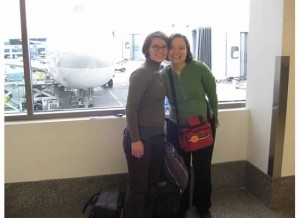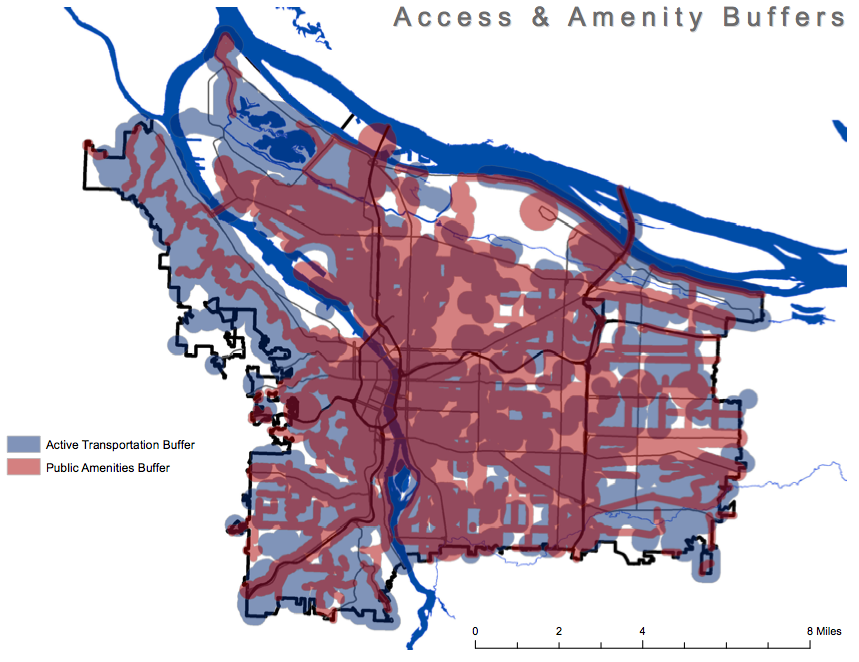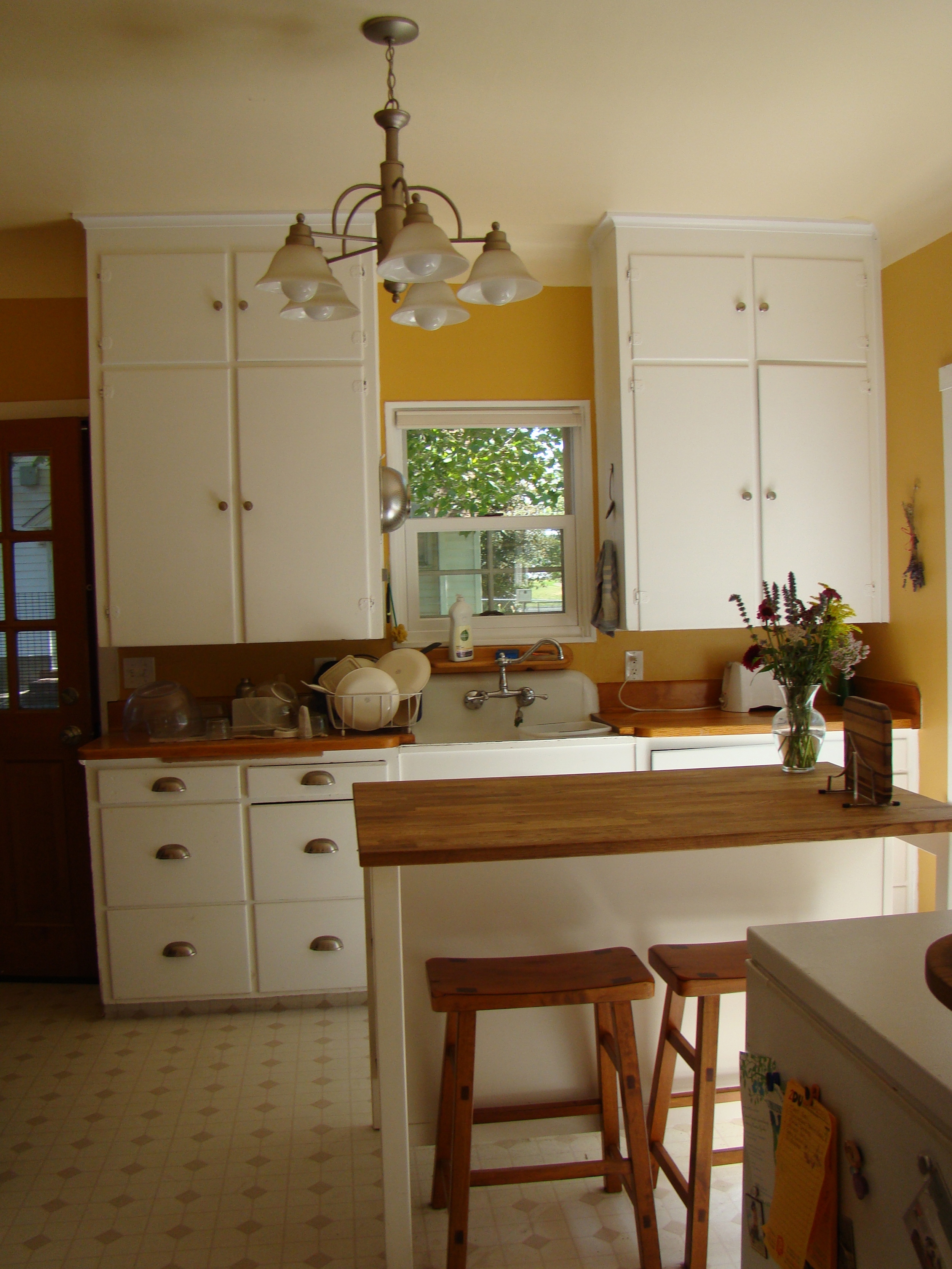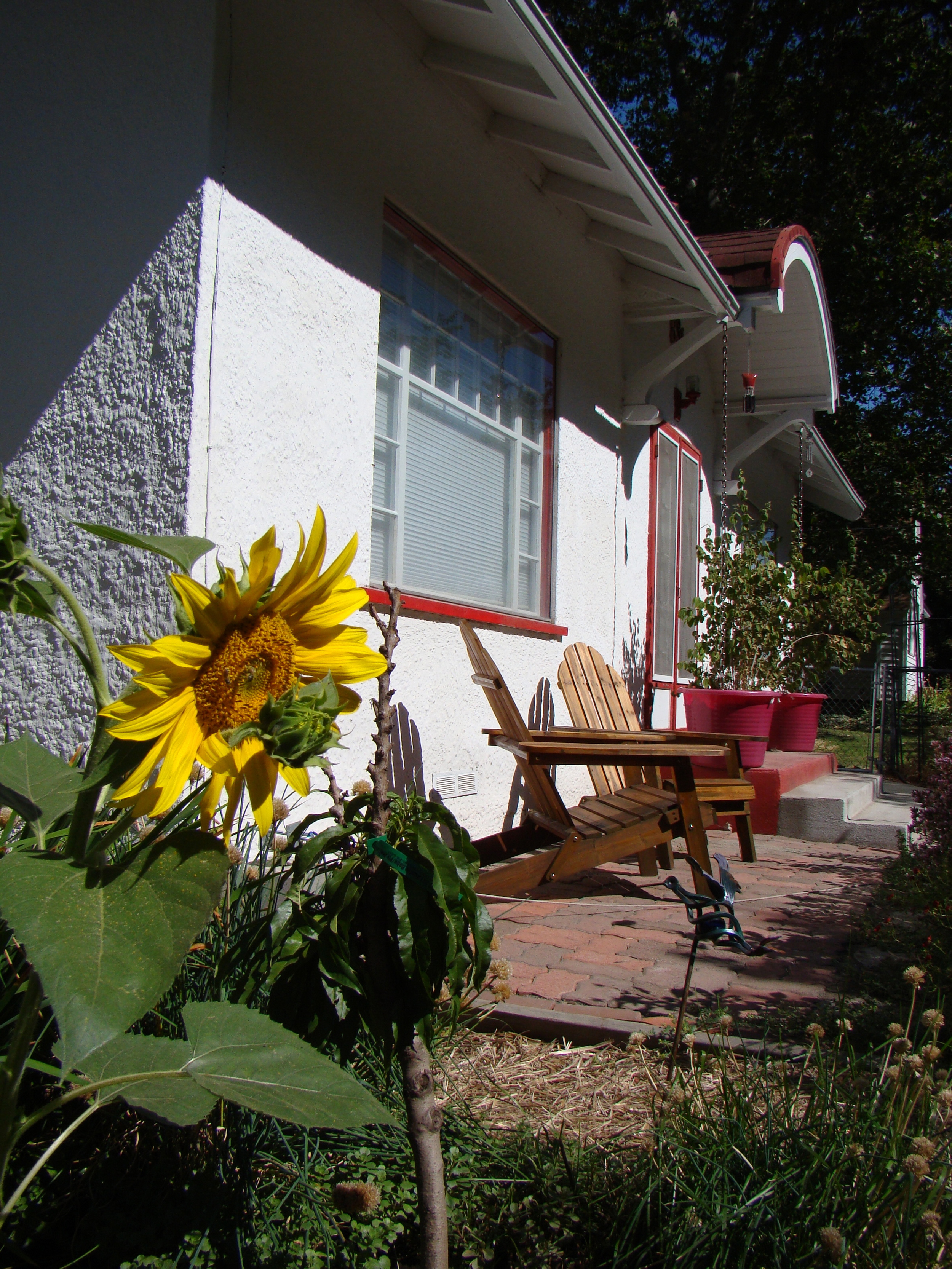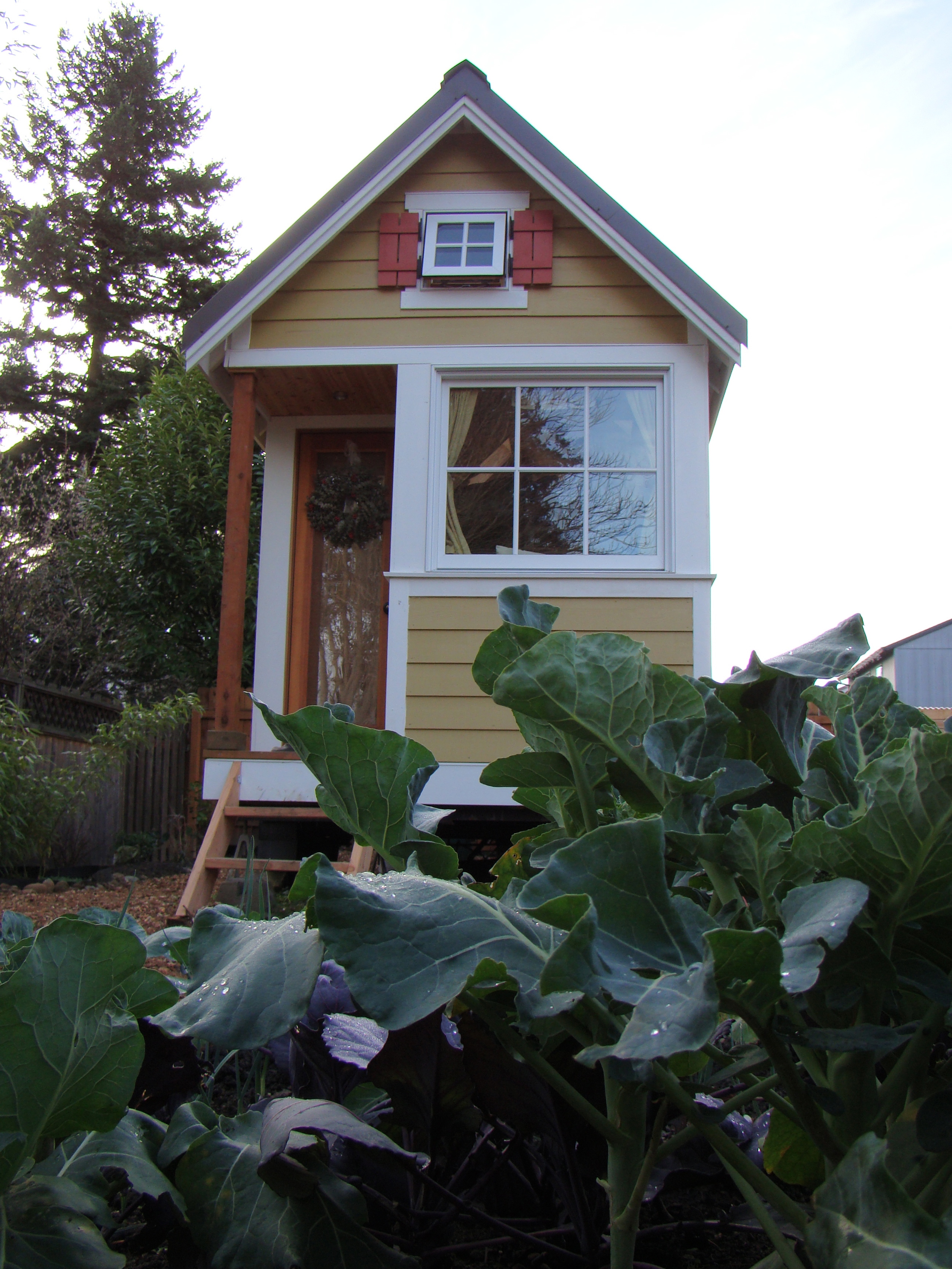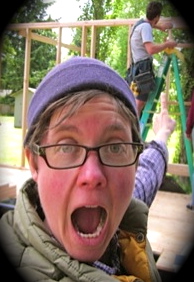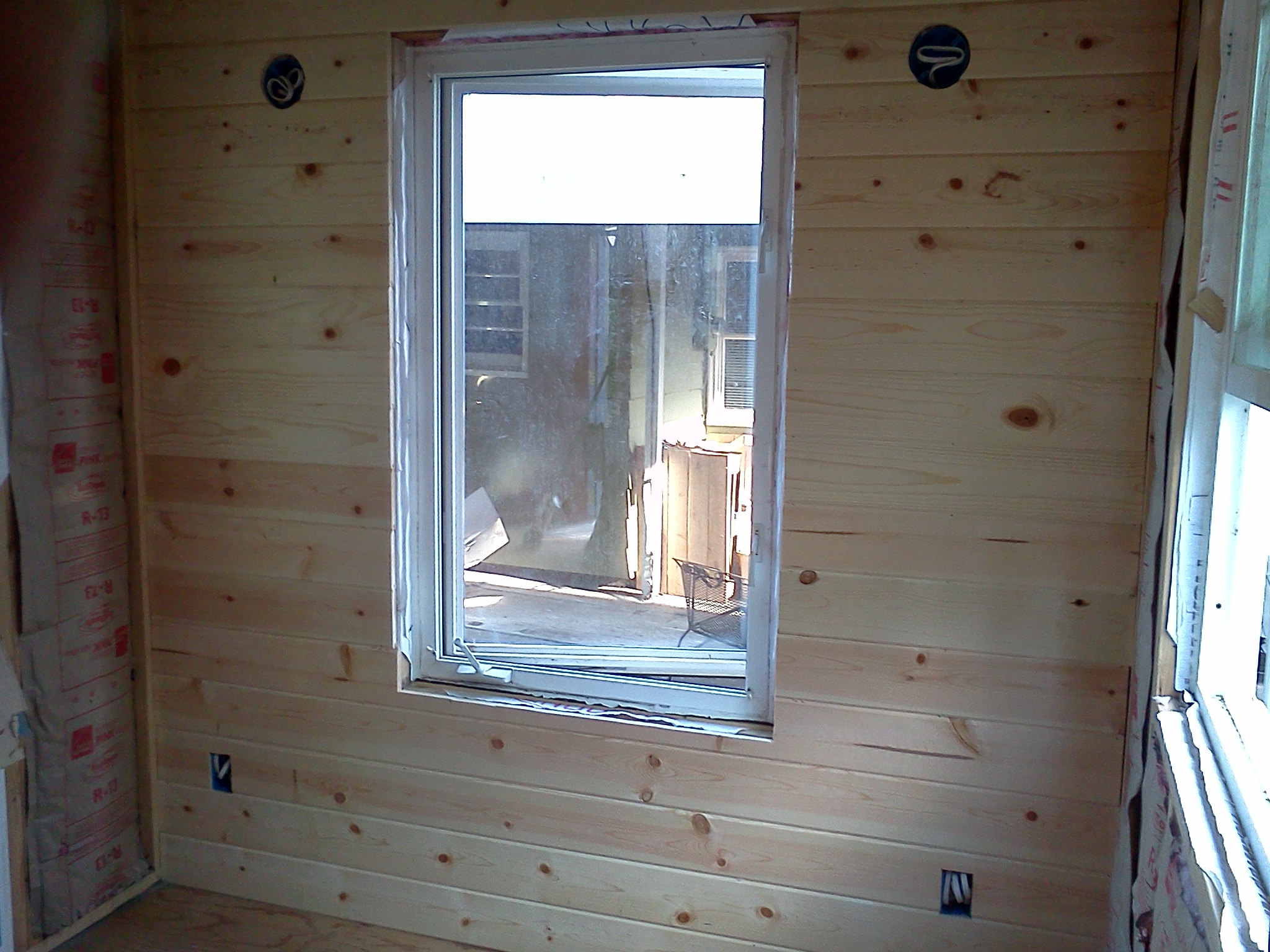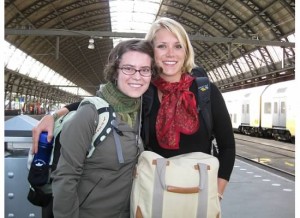 I’ve never been good at packing lightly. This might come as a surprise to people who see the minuscule size of my luggage. I haven’t checked a bag on a plane, train, or bus since 2003. That fall I overpacked when I studied abroad in Florence, Italy. I brought a big backpack on my back, a small pack on my front, and I wheeled a big suitcase and a small one. Then I discovered that they sell shampoo in Italy, too. And clothes. Beautiful clothes.
I’ve never been good at packing lightly. This might come as a surprise to people who see the minuscule size of my luggage. I haven’t checked a bag on a plane, train, or bus since 2003. That fall I overpacked when I studied abroad in Florence, Italy. I brought a big backpack on my back, a small pack on my front, and I wheeled a big suitcase and a small one. Then I discovered that they sell shampoo in Italy, too. And clothes. Beautiful clothes.
I can’t remember now what I thought I needed badly enough that I should schlep it on a three-month international adventure. What I do remember is how liberating it felt the second-to-last week I was in Italy when I took myself to Venice for the weekend with just my guide bag. Its contents I do remember: guide book, wallet, comb, toothbrush, toothpaste, extra pair of underwear, extra long sleeve shirt, cell phone, camera, and keys. These ten items became my ten essentials for travel. All my subsequent packing has started with this core set of necessities.
Three months of exploring Italy taught me that I needed very little to get around and that the less I brought the freer I would be to explore. The thing was, I didn’t pack lightly. I packed densely. The bag I brought was tiny, but it was full. When I pack a bag, I do pack it. When I load up a car it’s a game of Tetris. I think compression straps and bungee cords may have been invented with me in mind.
Since then I’ve fit my sleeping bag (and its liner), my work boots, my Carhartts, and everything else I needed for a week-long service trip into a carry-on bag. I packed mostly the same stuff for the three-week core curriculum for Yestermorrow’s Certificate in Sustainable Design and Building. (I discovered one doesn’t need more stuff for three weeks than for one.) I’ve done two-week vacations to Denmark, South Africa, and Benelux (Belgium, Luxembourg, the Netherlands) with a carry-on. My favorite was probably my two-week trip to Thailand with an “overnight” bag. (You know, the one you put over the handle of your wheeled suitcase.) Granted, I did bring a few extra things back and that required picking up a new bag at the night market in Chaing Mai. But everything I brought along with me to Thailand in the first place fit into a very dense cubic foot of luggage.
I’ve employed similar dense packing strategies at home. I discovered I can put my plates inside my pie pan so they’re all easily accessible. I’ve added temporary shelves to my permanent shelves to maximize the space. I’ve placed hooks strategically to take advantage of vertical surfaces. I’ve added drawer dividers so I can keep things organized and fill each drawer to the brim. I use my space uber efficiently, so as long as I can cram one more thing into the space I’ve allocated for it, I figure I’m doing okay.
I guess that’s why My Things Challenge has been such a challenge for me. Whereas I’ve been a minimalist when it comes to space, I haven’t necessarily been a minimalist when it comes to stuff. For instance, I’ve felt good about keeping my clothing contained to a single dresser, but I haven’t stopped to question whether I will actually manage to wear all eight tank tops during our measly short version of a northwest summer.
Space and count are both quantitative measures, of course, but they ask me to measure differently. (I do try to focus on quality, too, owning fewer but nicer things.) I think I like dense packing better. I like having my container and the freedom to fill it with whatever I can make fit inside. But I’ve found the 100 Things Challenge an interesting game. It has made me consider my possessions differently and it has helped me eliminate some of the clutter so I have a little more wiggle room inside my drawers and cupboards. It’s given me a little extra space to let something else into my life. I'm leaving room for more of life's souvenirs.







